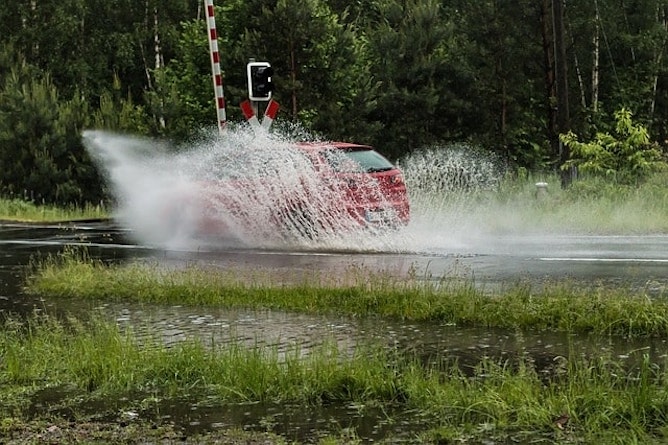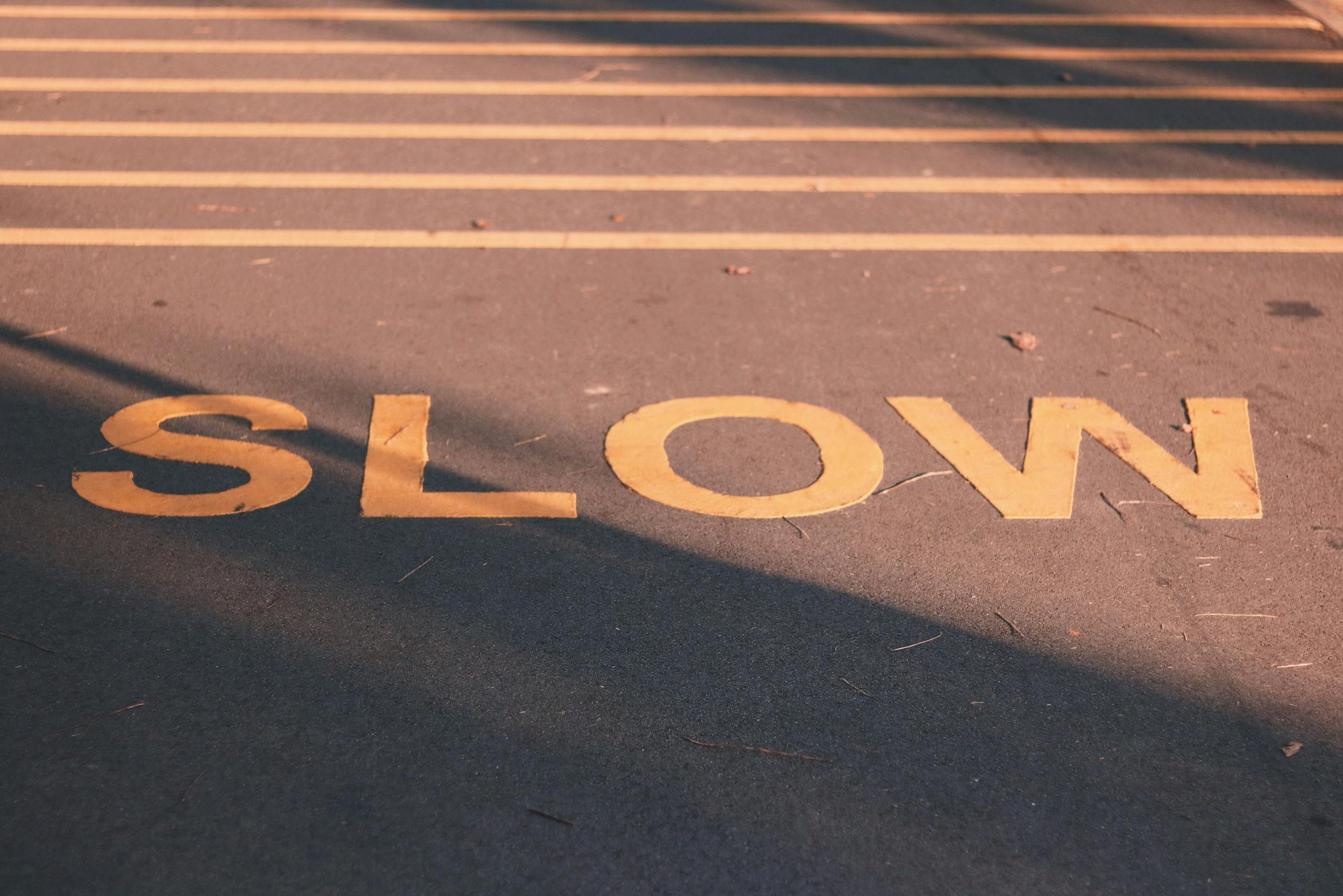There are many stories about the danger of using cruise control on wet roads. While some are true, all have a good message – turn off cruise control when driving in the wet.
You may have heard that cruise control causes aquaplaning. Aquaplaning is what happens when a vehicle hits a pool or sheet of water at speed, causing the tires to lift off the road and skim across the water. Once on top of the water, there is no contact and no grip! Your car is skimming across the water just like a stone skipping across a lake!
The truth is that drivers lose control, not cars. Aquaplaning happens when the speed is too high for the tires to clear the water from the road surface. Drivers choose the speed the car travels at. If using cruise control, it is still the driver who sets the speed.
Cruise control can’t sense danger

Cruise control is a great thing when used appropriately. You don’t have to check the speedo as often so can focus on more important things like the road ahead and what is happening around you.
The down side is that cruise control can’t sense danger. Most drivers naturally slow down when they see danger. Cruise control does not slow down. It faithfully keeps the car at the set speed, doing exactly what it was designed to do.
Most drivers would ‘lift off’ a little when they see a large pool or sheet of water on the road. This lifting off could be all that is needed to prevent aquaplaning. A car that would aquaplane at 100 kph is likely to still grip the road at 90 kph. Cruise control does not sense this danger and does not lift off.
Cruise control can get confused
If you do find yourself in an aquaplane situation, the best response is to lift off the accelerator slightly. Lift off a fraction, keep steering in the direction you want to go and pray that all is good when you regain grip. Cruise control would not lift off. The cruise system can actually get confused. The sudden slip of the wheels could cause it to decelerate for a moment then accelerate again to make up lost speed. This is worst possible response. Staying smooth and steady is what is needed in these moments.
What about stability control?
We can’t have this conversation without mentioning stability control and other driver assist systems. These vehicle technologies are amazing. It is said that stability control can reduce the possibility of a roll over due to loss of control by up to 90%. That is huge! However…….. These technologies are useless if your tyres are skimming across a sheet of water. They may help regain control afterwards but will not prevent aquaplaning from happening.
Slow down and stay safe

Turn off cruise control and slow down in the wet! It is as simple as that. As a rule, slowing 5 to 10 kph on wet roads is smart. This is OK unless there are pools or sheets of water across the road. In these conditions you may have to slow much more to stay safe. This could mean slowing to less that 70 kph on a freeway just to make sure you keep full grip with the road.
Remember, cars don’t lose control, drivers do. Choose safe speeds and you choose to stay in control.
